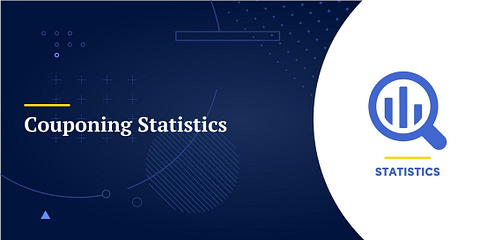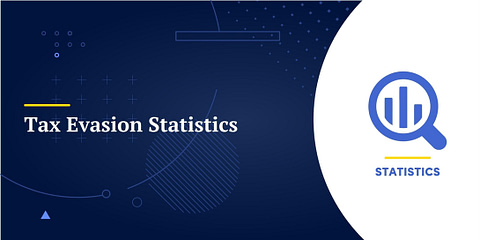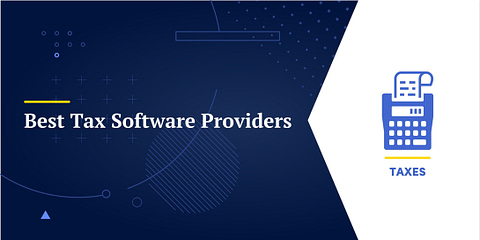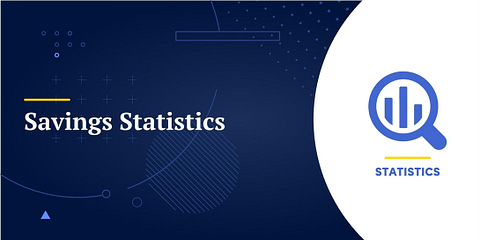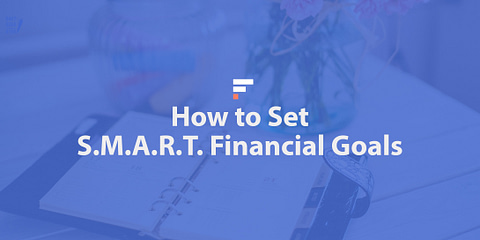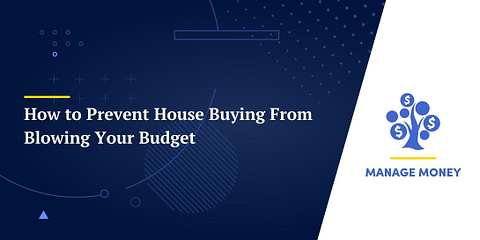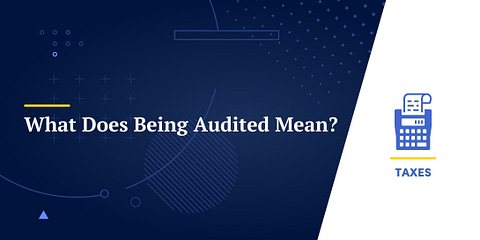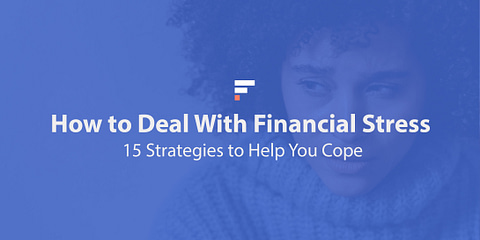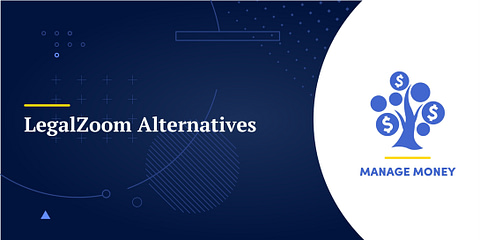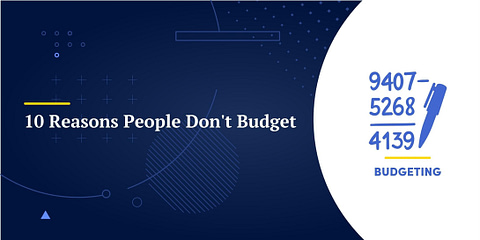Building an emergency fund should be the first savings goal most people strive for, but many of us struggle with it. About 40% of Americans wouldn’t be able to cover an unexpected $1,000 bill, and that’s been true since at least 2014, which means it’s not a symptom of the COVID-19 pandemic[1].
Here’s what you should know about emergency funds, including what they are, how to create them, and why having one in place is so important.
What Is an Emergency Fund?
An emergency fund is a cash reserve set aside to cover any unforeseen expenses that may arise in the future. You might use your emergency fund to pay for car repairs, medical bills, or living expenses after losing your job.
👉 For example, say you get in a car accident on the way to work. As a result, you need to pay for an x-ray of your neck and some repairs to your car’s bumper. You could use your emergency fund to cover the costs without going into debt.
How Big Should an Emergency Fund Be?
Experts have traditionally advised that an emergency fund should be somewhere between three and six months worth of expenses. In some cases, though, you may want to have as much as twelve months of cash on hand.
👉 For example, say you spend about $2,000 every month on rent, food, transportation, and miscellaneous expenses. Your ideal emergency fund could be anywhere from $6,000 to $24,000, depending on your circumstances and preferences.
Three to six months’ worth of cash is generally the minimum because that’s about how long you can expect, on average, to look for a new job after getting laid off or let go[2].
With a year’s worth of expenses saved up, you should be able to weather even the longest unemployment periods, cover multiple significant surprise bills, or even fund an attempt at starting your own business.
However, the benefits of having more cash will likely begin to diminish around that point. Once you have enough saved to cover your short-term needs, you should generally redirect your monthly savings toward investing.
Cash is an asset, but it doesn’t return much, if anything, in interest. Having too much of it on hand can put a drag on your investment portfolio.
👉 For example, say you have $50,000 of cash on hand for five years. During that time, the stock market returns 7% annually. You would miss out on roughly $12,778 of investment gains during that period by not investing your funds.
How Much Should You Have In Your Emergency Fund?
As you can see, there’s a significant gap in size between the high and low ends of the acceptable spectrum for emergency funds. That’s because many variables influence how much cash you can and should have on hand.
Some of the most significant factors are:
- Job stability: When you’re confident in your ability to retain your position or to find a replacement quickly after being let go, you can afford to keep a smaller emergency fund. If you have concerns about future income source, you might want to have more cash on hand.
- Savings rate: Your savings rate is the percentage of your earnings that you keep after expenses. With a high savings rate, it’s much easier to build up a large fund, while someone with a low savings rate might struggle.
- Risk tolerance: Everyone has an inherent risk tolerance, and personal circumstances can shift it up or down. A cautious individual supporting a family and paying for a mortgage would probably want to hold onto more cash than a single person with no roots.
Having six months’ worth of expenses in cash is a good starting point for most people. You can adjust up or down from there as needed depending on your personal circumstances.
You don’t need to keep six months of expenses at your current spending rate. If you lose your job you will naturally cut back and spend as little as possible until you find work. Aim to have enough to keep you going for six months at your lowest reasonable spending rate.
Emergency Fund Calculator
You can use our emergency fund calculator to determine how much you might need in emergency savings.
➗ Go to the full page to view and use the calculator.
Why Do You Need an Emergency Fund?
The primary reason to have an emergency fund is that the “unforeseen expenses” people need to use them for aren’t actually all that unforeseen. Consider the following:
- The average person will have three to four car accidents over their lifetime[3]
- In 2020, 20% of insured Americans reported having had a surprise medical bill sometime in the last two years[4]
- About 1% of the workforce gets laid off or discharged every month[5]
That means that while the timing might be unexpected, you’re probably going to run into that $1,000 expense at some point. The money has to come from somewhere, and you don’t want to resort to taking on debt to pay for it. That’s how people end up carrying expensive loans or credit card balances that they can’t pay off.
The second reason to have a cash surplus on hand is more intangible, but you’ll reap the benefits even if you never spend your funds. It’s the peace of mind and freedom that comes from knowing you have the money to support yourself no matter what happens.
60% of Americans reported anxiety when thinking about their personal finances before the pandemic[6]. That number went up to a whopping 90% after COVID-19, and the number one reason for concern among respondents was a lack of the necessary emergency funds[7].
📘 It’s easy to recognize the impact of financial stress and anxiety. Doing something about it is a lot harder. Here are some of the strategies that might help you cope: How to deal with financial stress.
Where to Keep Your Emergency Fund
Keep your emergency fund somewhere that’s easily accessible. If you lock your money away in an illiquid asset or tie it up in an account that won’t let you take your money out when you need it, it won’t be able to fulfill its purpose.
Ideally, you should keep it somewhere that’s also insulated from inflation as much as possible. Inflation robs your cash of its purchasing power by about 2% annually on average.
If you have a significant emergency fund, that can be a lot of wasted money. For example, a $30,000 emergency fund will only be worth $24,610 after a decade of 2% inflation[8].
📘 Learn More: Inflation should play a significant role in all of your financial planning. To better understand its implications, read this guide: How Inflation Works: An Illustrated Guide for the Rest of Us.
The best way to maximize your access to your emergency fund and insulate it from inflation as much as possible is usually to put it in an online savings account. You can take your money out when you need it, and they carry a small interest rate that can stave off inflation.
For example, Goldman Sachs’ Marcus account has a 3% annual percentage yield (APY) as of November 30, 2022 [9].
Note: Historically, federal regulations have restricted withdrawals from savings accounts to six instances per month, though some financial institutions have imposed stricter withdrawal limits. However, because of the COVID-19 pandemic, institutions can allow unlimited withdrawals from savings accounts, though they don’t have to do so.
How to Build an Emergency Fund
Because an emergency fund is inherently composed of cash, you’re generally not going to be able to rely on investment returns to create it. That means the only way to shorten the time it takes to build an emergency is to boost your savings rate. To do that, you’ll need to either increase your income or decrease your expenses.
You’ll typically see faster and more efficient gains by cutting back on your spending. It’s usually easier to tighten your budget than to go out and earn an extra dollar. Besides, a dollar earned is worth less than a dollar saved because you have to pay taxes on the dollar you earn.
Whichever approach you take, the time it takes to build a proper emergency fund at a given savings rate will be the same.
👉 For example
Compare John, who makes $4,000 and spends $2,000, to Jack, who makes $10,000 a month and spends $5,000. Both have a savings rate of 50%, though one makes considerably more than the other.
Six months of expenses for Jack is only $12,000, but because he saves $2,000 a month, it’ll take him six months to save that much.
John saves $5,000 per month, but he also spends $5,000 a month. Six months of expenses for John is $30,000, so it’ll take him six months to build his emergency fund too.
Learn More: For a more detailed guide to spending less or earning more, take a look at our helpful resources on each subject:
- Budgeting | Learn How to Make a Budget and Stick to It
- Make Money | Tips And Advice on How to Start Making Money
When to Use Your Emergency Fund
One of the challenges of saving a lump sum of money is that the more you have, the more tempting it can become to spend.
For example, when you have $800 in the bank, you can buy relatively few glamorous things. However, when you have $8,000, that motorcycle you’ve always wanted suddenly becomes a possibility.
Conversely, some people get addicted to seeing their cash balances go up and become reluctant to spend any of it, even when it’s probably necessary.
For example, you don’t want to be driving your car around with an arguably broken taillight just because it’s not technically an emergency. From personal experience, the highway patrol isn’t interested in debating the point.
Find a balance with your emergency fund. Don’t hesitate to use it for the things you know are necessary, but think twice before spending your hard-earned cash when you don’t have to.


